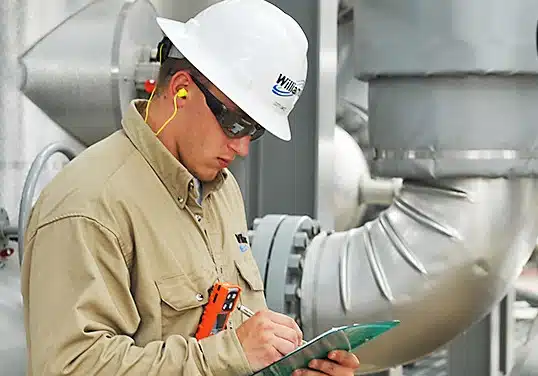The hidden dangers of corrosion under insulation (CUI) span the oil and gas industry from upstream operations to midstream infrastructure and downstream applications, including the production of LNG. CUI is a severe form of localized corrosion that occurs when water, inorganic salts, and other contaminants become trapped beneath insulation covering pipes, valves, tanks, and other assets, leading to the formation of corrosion cells that are hidden from view and can spread unnoticed.
In oil and gas operations, elevated process temperatures may accelerate corrosion rates, leading to pitting and metal loss that may cause leaks and potentially catastrophic failures, with the potential to harm personnel and, in extreme cases, cause the loss of life.
Yet, in LNG operations, cold/cryogenic temperatures can also contribute to increased CUI risks. A perfect recipe for corrosion – moisture, oxygen, and chlorides – exists in both temperature scenarios, but moisture from condensation can be especially prevalent under insulation in cryogenic LNG operations due to the extreme temperature differentials with ambient air. Studies show that moisture causes 85% of insulation system failures in LNG operations. At the same time, some LNG applications also operate at high heat, compounding CUI threats across entire facilities.
Read full article @ LNG Industry
#corrosionunderinsulation #lng #corrosion #cui


